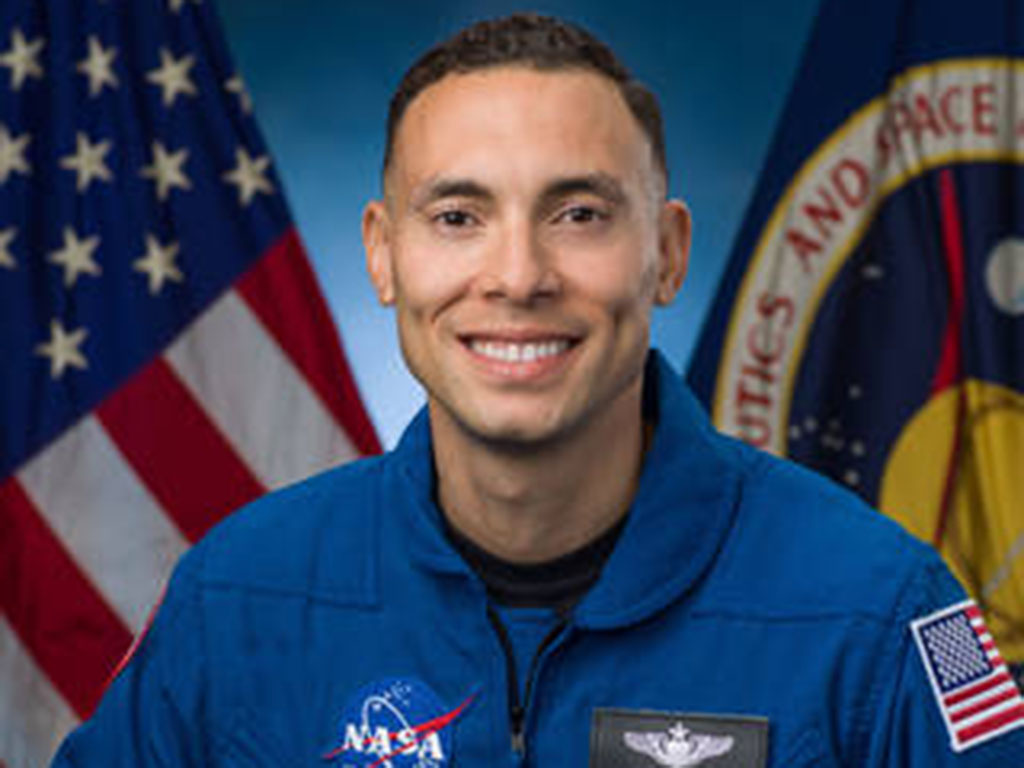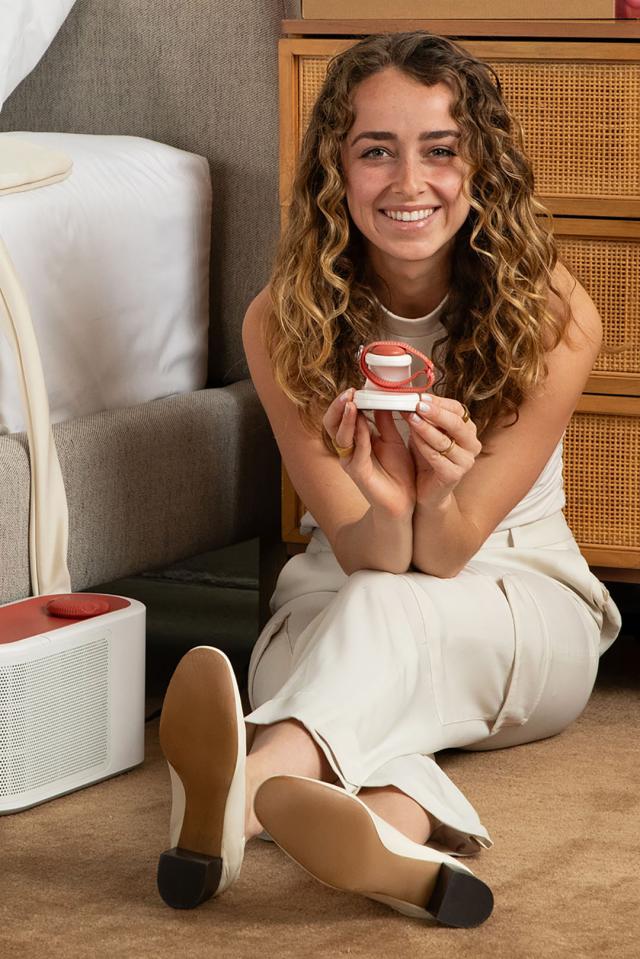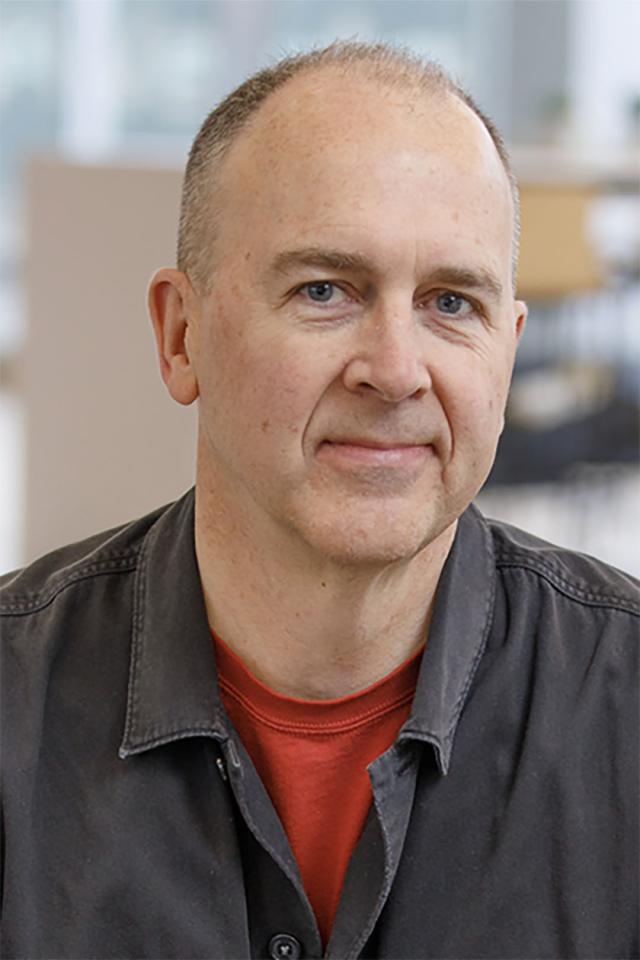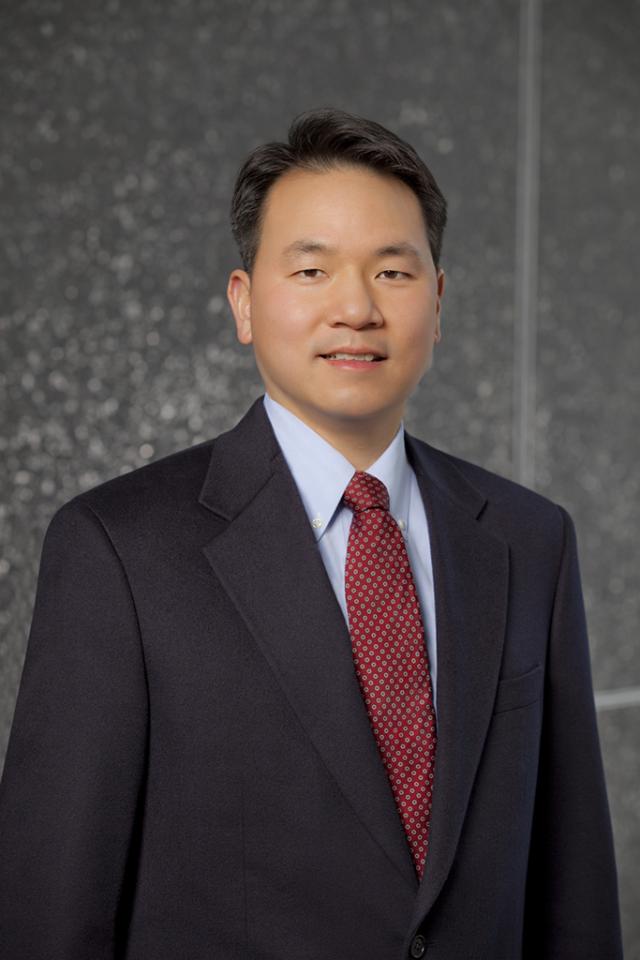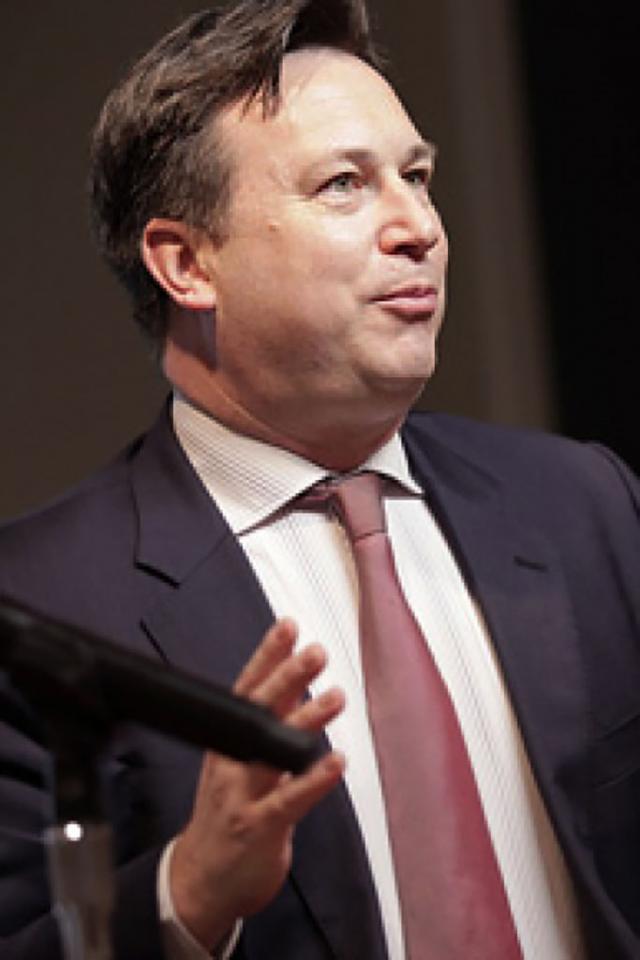Marcos Berríos
Marcos Berríos ’06, who graduated from the Department of Mechanical Engineeringe was introduced as a member of the newest astronaut class, NASA’s first in four years, during an event near NASA’s Johnson Space Center (JSC) in Houston.
Berríos is among 10 new U.S. astronaut candidates chosen from over 12,000 applicants. This aims to boost the total number of MIT astronaut alumni to 44, of the 360 NASA selected by NASA to serve as astronauts since the original Mercury Seven in 1959.
The astronaut candidates will report for duty at JSC in January to begin two years of training. Astronaut candidate training falls into five major categories: operating and maintaining the International Space Station's complex systems, training for spacewalks, developing complex robotics skills, safely operating a T-38 training jet, and Russian language skills.
Upon completion, missions may involve performing research aboard the International Space Station, launching from American soil on spacecraft built by commercial companies, and deep space missions to destinations including the moon on NASA’s Orion spacecraft and Space Launch System rocket.
Marcos Berríos
A native of Guaynabo, Puerto Rico, Berríos, 37, is a U.S. Air Force major and test pilot who received his bachelor’s degree in mechanical engineering from MIT and a master’s degree in mechanical engineering as well as a doctorate in aeronautics and astronautics from Stanford University.
A distinguished pilot, Berríos has accumulated more than 110 combat missions and 1,300 hours of flight time in more than 21 different aircraft. “As a test pilot I really I truly believe in the human space exploration mission, and I would love to contribute to the development of the new vehicles that are going to take us to the moon,” he says.
At the time of his selection as a NASA astronaut candidate, Berríos served as the commander of Detachment 1, 413th Flight Test Squadron and deputy director of the CSAR Combined Task Force. While a reservist in the Air National Guard, Berríos worked as an aerospace engineer for the U.S. Army Aviation Development Directorate at Moffett Federal Airfield in California.
“I've always wanted to be an astronaut,” he says. “When I was five or six, I wanted to travel to nebulas and other galaxies. The book 'Ender's Game' was probably the book that certainly helped continue that inspiration for exploring space.”
A voracious reader of astronaut autobiographies, he decided to emulate them by getting his PhD and joining the military.
Berríos says that MIT first began preparing him for the rigors of being an astronaut during the “hours and hours and hours of trying to finish all the problem sets that we had to do it in a week. I think that discipline alone absolutely prepared me to handle or tackle anything else that that came my way.”
“I went into mechanical engineering because I wanted to build things,” he adds. “I wanted to use my hands. I took 2.007, a class I would Google when I was in high school — that class alone motivated me to want to go to MIT. I think those hands-on skills are extremely important for astronauts. On a space station, we do need to, you know, fix the toilet, we do need to maintain that vehicle in space, and so I think the hands-on skills, the problem-solving skills that I got from studying at MIT will be extremely helpful.”

